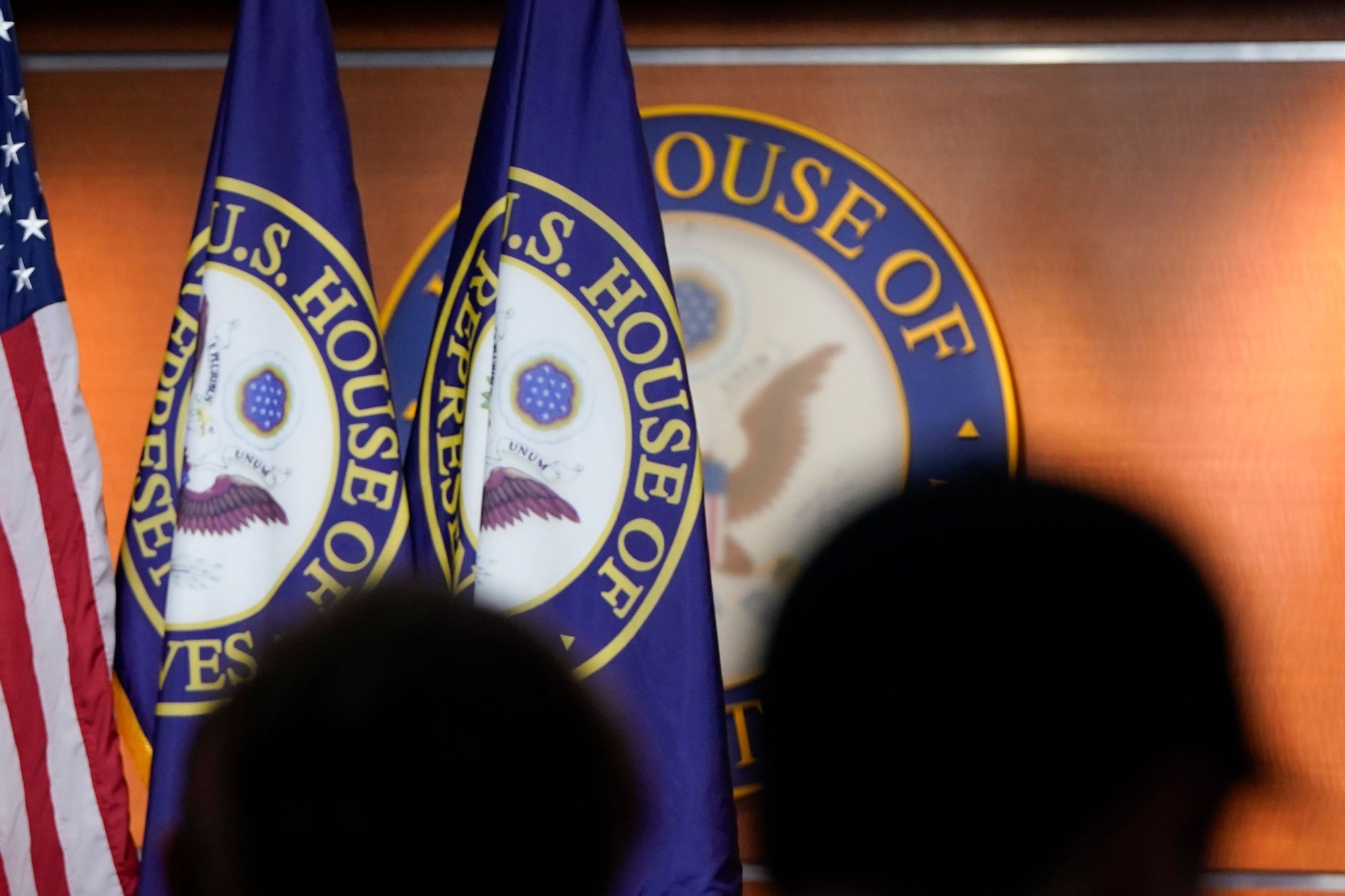Time to Stand Up From Your Desk Standing while working can help increase life expectancy and improve productivity, confirms study
By Pooja Singh
Opinions expressed by Entrepreneur contributors are their own.
You're reading Entrepreneur Asia Pacific, an international franchise of Entrepreneur Media.

We grind all day at our desks, sitting and staring at the computer screen and, occasionally, at the cellphone. All that sitting hurts our health, so much so that doctors have called it the "new cancer". Slowly but steadily, employers across the world are waking up to the risks of long hours of sitting, making standing desks a common sight in workplaces.
There's growing scientific evidence that standing desks, which come in height-adjustable and sit-and-stand forms, help promote the health of its user.
Now, a new Australian study, published in the August issue of the Scandinavian Journal Of Work, Environment And Health, says besides improving the health of the workforce, the introduction of sit-stand desks could reduce absenteeism and help companies save money which would have otherwise been spent on the medical bills of employees.
An Expensive Affair
The "Economic Evaluation of a Randomized Controlled Trial of an Intervention To Reduce Office Workers' Sitting Time: The "Stand Up Victoria' Trial" research, which studied more than 230 desk-based workers, says the introduction of standing workstations would save 7,492 "health-adjusted life years" in the prevention of obesity-related diseases.
The study paper mentions that cost implication of sit-stand workstations are a potential barrier to widespread uptake. It estimates net cost of providing workers with sit-stand desks at 344 Australian dollars ($255) per person.
Sedentary lifestyle has made non-communicable diseases (NCD), particularly cardiovascular disease, cancers, type 2 diabetes and chronic respiratory disease, dominant global health challenges of the 21st century, says lead researcher Lan Gao from Deakin University in Australia. "Underlying most NCD, there are several modifiable behavioural risk factors, including physical inactivity and sedentary behaviour. These impose significant cost burdens through increased medical expenditure for treating NCD and through reduced work productivity," explains Gao, adding, "Given that such costs are incurred by either employers or government, it is of societal interest to identify cost-effective strategies to increase the overall physical activity levels of their constituents."
"Ultimately this intervention has the potential to make a very significant and sustainable positive impact on reducing workplace sitting time, but most importantly it is also cost-effective, which we know is critical in making the case for a wider rollout of such a program," she says.
The study estimates if the recommended changes were rolled out to 20% of the nation's office workers in Australia, where 45% of the workers spend most of their day sitting at a desk, it would cost 185.2 million Australian dollars (around $14 million).
Recognising the importance of standing desks, Apple introduced the furniture in June at its new headquarters in Cupertino, California, the Apple Park.
"We have given all of our employees, 100%, standing desks. If you can stand for a while, then sit, and so on and so forth, it's much better for your lifestyle," Cook told American philanthropist David Rubenstein in an interview.
True or False?
Despite the overwhelming evidence supporting the benefits of standing workstations, there are ample studies that suggest otherwise. A study published earlier this year, for instance, found that such desks increase bodily pain and slow down people's cognitive functions at work.
Published in the journal Ergonomics, the study, conducted by researchers at Curtin University in Australia, said that prolonged use of standing desks is linked to lower limb discomfort and deteriorating mental reactiveness.
Another research by UK's Exeter University and University College London, which followed over 5,000 people, found that sitting was no worse than standing as long as you exercised regularly. It was published in the International Journal of Epidemiology in 2015.
The bottom line is sitting for long hours is bad for health. So don't forget to move every now and then.











